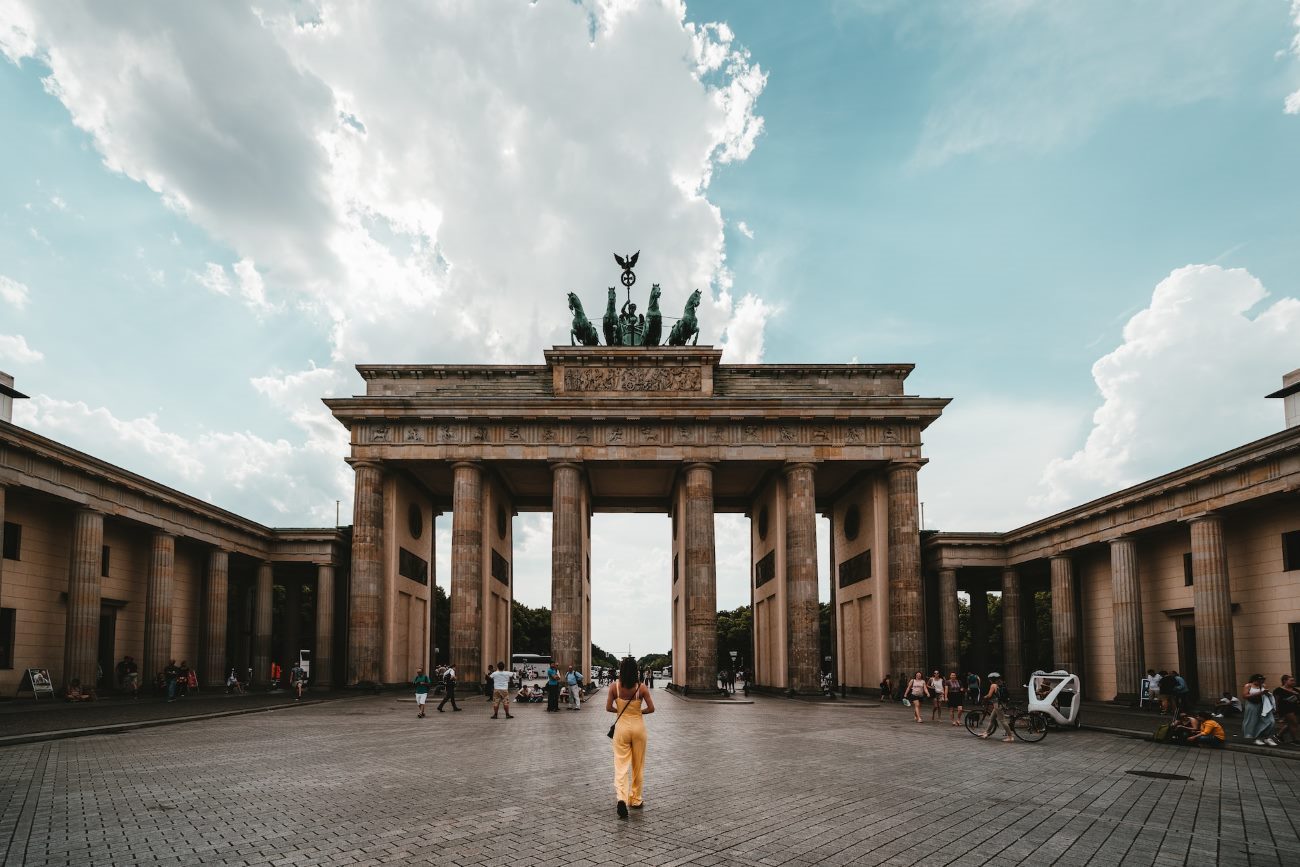What is the best way to visit a concentration camp near Berlin?
A visit to a concentration camp near Berlin may be a somber and valuable learning experience. These sites are significant to remind of the war crimes in World War II and provide a chance for reflection and education. On this post We will discuss the right way to do this visit so that it is worthy and honorable.
Selecting the Best Concentration…
There are many concentration camps around Berlin that you can visit and each have their own history and importance. Two of the concentration camps in the nearby area are Sachsenhausen and Ravensbrück. Sachsenhausen is one of the first-between Nazi concentration camps and today as a memorial and museum. However, Ravensbrück was mainly a women- and children’s camp. Think for your interests and the specific historical part of the story you want to digest when picking which one Camp to visit.
Planning Your Visit
When you have decided on the concentration camp you want to visit it is vital to plan your trip in advance. Here are a few factors to bear in mind:
1. Research and Learn
While visiting, take the time learn about the history and importance of the camp your visiting. This will give you a better understanding and your visit would be more fruitful. Read books, watch documentaries, do some online research from a trusted website to learn whole lot about the camp and its work during peroid of Holocaust.
2. Arrange Transportation
Many concentration camps near Berlin are being placed outside the city. There are public transportation services available, however, it is best to book a guided tour or a private car with driver for ease. This will make journey and transportation to & from camp hassle free.
3. Plan for Enough Time
Bringinging to see a concentration camp takes about several hours. Time is needed for your visit including drive to and from the camp. Plan to spend at least half of a day to really visit the site and also take in everything shown at the museum and memorial.
4. Check Tour Availability
If you decide to go for a guided tour check the availability and book your place well in advance. Guided tours usually bring interesting insights, a rich history and a package deal experience. Some camps, equally, might area limits for visitors so booking ahead of time is actually essential to ensure your location.
During Your Visit
When you visit the concentration camp that it is helpful to come with respect and tact. Here are some things to bear in mind:
1. Follow the Rules and Regulations
Obey the rules and regulations set by the memorial site. These rules are aimed at maintaining the integrity of this site and all others to ensure that the exchange between visitors take place in a respectful manner. Listen to any directions issued by the museum employees and be cautious of your performance throughout the visit.
2. Take your Time
Concentration camps are places to be considered with our heads bowed in thought. Enjoy the ambiance and give yourself time to fully appreciate the importance of the site’s history. Take a break if required, however you sign into price account other visitors and never break their expertise.
3. Engage with the Exhibits
Nearly all camps’ memorials have informative exhibits and display inside. Interact through these displays to learn more about the history and about the lives of those who suffered in the camp. Learn from personal stories and visual exhibits of photographs and artifacts and read what has been reported.
4. Seek Guidance if Needed
If there are any questions or still some questions you are unsure about don’t be reluctant to ask the museum staff or your tour guide for explanation. They are there to offer guidance as well as answer any queries on willows or on their work during your visit.
5. Be Respectful
You must realize that concentration camps are places for remembrance and you must keep it in your mind. Be considerate by talking softly, forbidding big or unbecoming captures and abstain from any sort of conduct seen as unsuitable. Always be mindful of the reverence of the place and the feelings that it stirs.
Further Reflection
Following your visit, think carefully where you applied learning. Think about what it taught your scope of history and what you can learn from it. Tell others about you, and what you know, so that everyone can have a deeper understanding and better recognition the significance of remembering the past.
Visiting a concentration camp near Berlin can be real emotional and impactful. By following these tips and approaching the visit with the proper attitude and sensitivity you can make the trip meaningful and educational and a tribute to the victims and their memory.
Table of Contents



